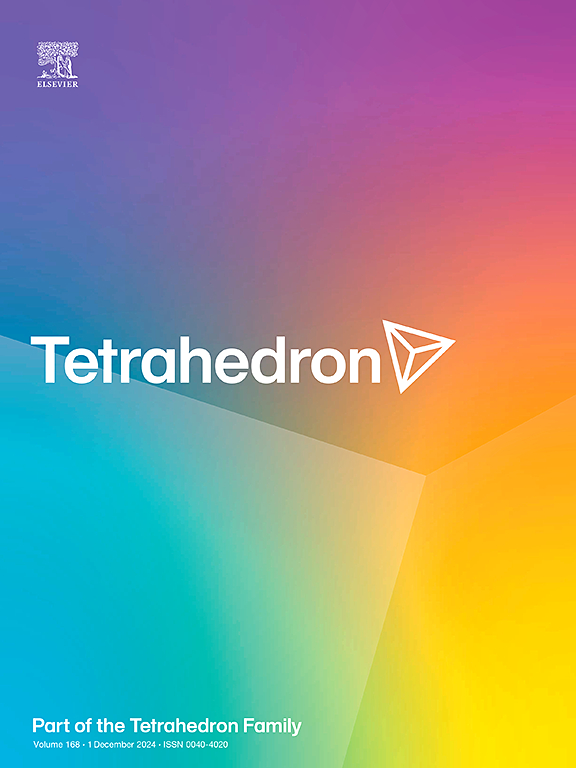Green and eco-compatible synthesis of quinoxaline molecules using chitosan as a biodegradable catalyst in aqueous hydrotropic medium
IF 2.1
3区 化学
Q2 CHEMISTRY, ORGANIC
引用次数: 0
Abstract
The development of green and sustainable methodologies for organic synthesis is an imperative step toward reducing the environmental impact of chemical processes. In this study, we present an efficient and eco-compatible method for the synthesis of quinoxaline derivatives using chitosan, a biodegradable and renewable catalyst, in an aqueous hydrotropic medium. Chitosan, derived from natural sources, acts as an effective biocatalyst, facilitating the reaction under mild conditions without hazardous organic solvents or harsh reagents. The use of a hydrotropic medium, specifically sodium toluene-4-sulfonate (NaPTS), enhances the solubility of reactants, leading to increased reaction rates and yields. This green approach provides significant advantages, including operational simplicity, low toxicity, and reduced waste generation. Moreover, the process is conducted in water, further promoting the sustainability of the reaction. The quinoxaline products obtained were characterized using standard spectroscopic techniques, confirming their structural integrity and purity. This method not only offers a greener alternative to traditional synthesis approaches but also aligns with the principles of green chemistry, making it suitable for large-scale applications in pharmaceutical and fine chemical industries.

求助全文
约1分钟内获得全文
求助全文
来源期刊

Tetrahedron
化学-有机化学
CiteScore
3.90
自引率
4.80%
发文量
439
审稿时长
34 days
期刊介绍:
Tetrahedron publishes full accounts of research having outstanding significance in the broad field of organic chemistry and its related disciplines, such as organic materials and bio-organic chemistry.
Regular papers in Tetrahedron are expected to represent detailed accounts of an original study having substantially greater scope and details than that found in a communication, as published in Tetrahedron Letters.
Tetrahedron also publishes thematic collections of papers as special issues and ''Reports'', commissioned in-depth reviews providing a comprehensive overview of a research area.
 求助内容:
求助内容: 应助结果提醒方式:
应助结果提醒方式:


